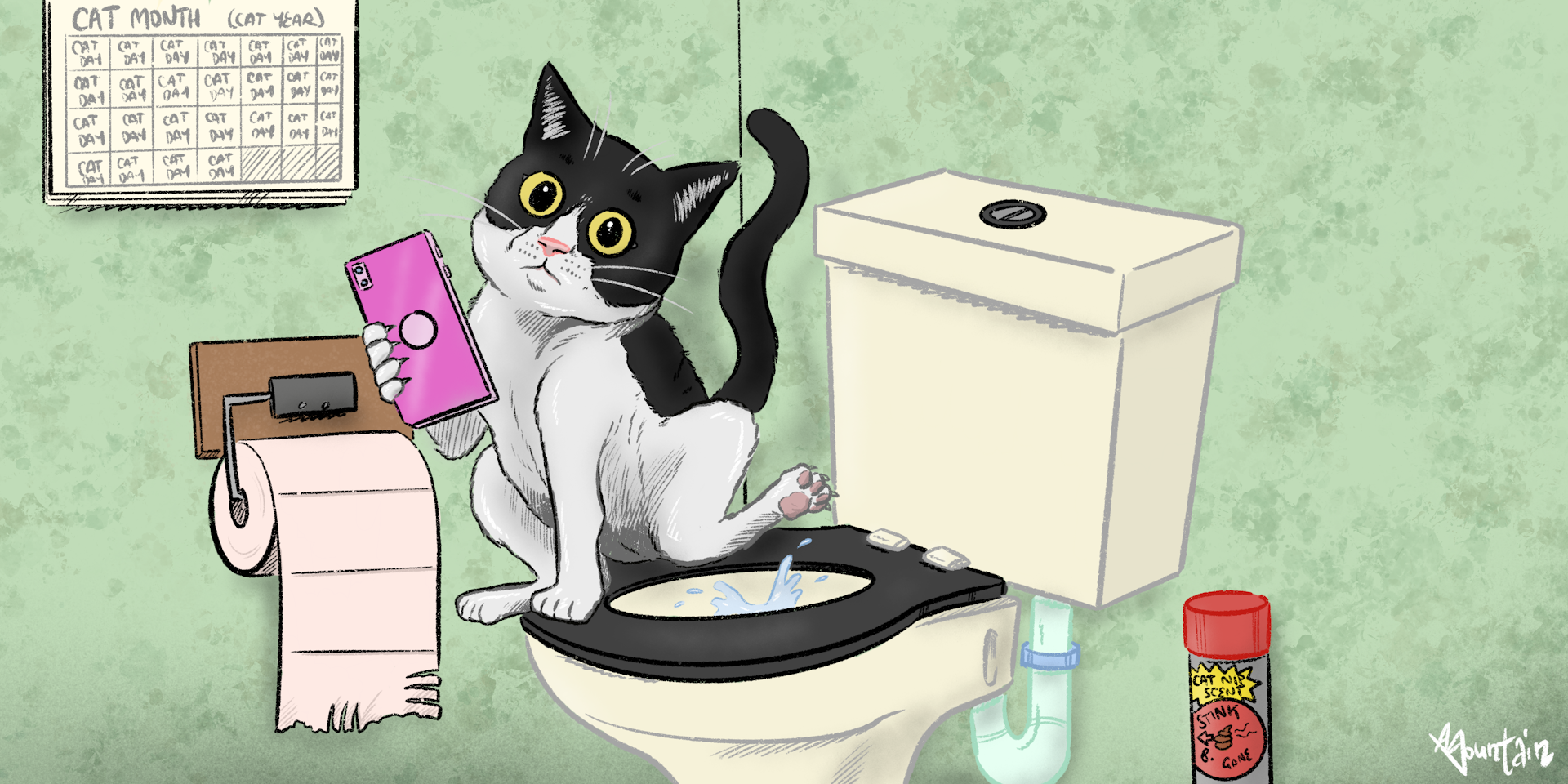Avoid Flush Cat Poop Down Your Toilet - Safeguard Your Plumbing System
Avoid Flush Cat Poop Down Your Toilet - Safeguard Your Plumbing System
Blog Article
What're your ideas about Can You Flush Cat Poo or Litter Down the Toilet??

Introduction
As cat owners, it's essential to be mindful of how we get rid of our feline pals' waste. While it may appear convenient to flush feline poop down the commode, this technique can have harmful repercussions for both the environment and human wellness.
Ecological Impact
Flushing feline poop presents dangerous microorganisms and parasites into the supply of water, positioning a substantial threat to water communities. These impurities can adversely affect marine life and compromise water high quality.
Health and wellness Risks
Along with ecological problems, purging feline waste can also posture health risks to people. Feline feces might consist of Toxoplasma gondii, a bloodsucker that can create toxoplasmosis-- a potentially serious health problem, especially for expecting women and individuals with weakened immune systems.
Alternatives to Flushing
Thankfully, there are much safer and a lot more responsible ways to dispose of feline poop. Consider the complying with choices:
1. Scoop and Dispose in Trash
One of the most usual method of disposing of feline poop is to scoop it right into a biodegradable bag and toss it in the garbage. Be sure to make use of a dedicated clutter scoop and take care of the waste promptly.
2. Use Biodegradable Litter
Go with biodegradable pet cat clutter made from materials such as corn or wheat. These clutters are environmentally friendly and can be safely taken care of in the garbage.
3. Bury in the Yard
If you have a yard, think about hiding pet cat waste in an assigned location far from vegetable gardens and water resources. Be sure to dig deep enough to prevent contamination of groundwater.
4. Set Up a Pet Waste Disposal System
Invest in a pet waste disposal system particularly created for pet cat waste. These systems use enzymes to break down the waste, minimizing smell and ecological impact.
Final thought
Responsible animal ownership expands beyond providing food and sanctuary-- it additionally includes correct waste monitoring. By avoiding purging feline poop down the commode and choosing alternate disposal techniques, we can reduce our ecological footprint and safeguard human wellness.
Why Can’t I Flush Cat Poop?
It Spreads a Parasite
Cats are frequently infected with a parasite called toxoplasma gondii. The parasite causes an infection called toxoplasmosis. It is usually harmless to cats. The parasite only uses cat poop as a host for its eggs. Otherwise, the cat’s immune system usually keeps the infection at low enough levels to maintain its own health. But it does not stop the develop of eggs. These eggs are tiny and surprisingly tough. They may survive for a year before they begin to grow. But that’s the problem.
Our wastewater system is not designed to deal with toxoplasmosis eggs. Instead, most eggs will flush from your toilet into sewers and wastewater management plants. After the sewage is treated for many other harmful things in it, it is typically released into local rivers, lakes, or oceans. Here, the toxoplasmosis eggs can find new hosts, including starfish, crabs, otters, and many other wildlife. For many, this is a significant risk to their health. Toxoplasmosis can also end up infecting water sources that are important for agriculture, which means our deer, pigs, and sheep can get infected too.
Is There Risk to Humans?
There can be a risk to human life from flushing cat poop down the toilet. If you do so, the parasites from your cat’s poop can end up in shellfish, game animals, or livestock. If this meat is then served raw or undercooked, the people who eat it can get sick.
In fact, according to the CDC, 40 million people in the United States are infected with toxoplasma gondii. They get it from exposure to infected seafood, or from some kind of cat poop contamination, like drinking from a stream that is contaminated or touching anything that has come into contact with cat poop. That includes just cleaning a cat litter box.
Most people who get infected with these parasites will not develop any symptoms. However, for pregnant women or for those with compromised immune systems, the parasite can cause severe health problems.
How to Handle Cat Poop
The best way to handle cat poop is actually to clean the box more often. The eggs that the parasite sheds will not become active until one to five days after the cat poops. That means that if you clean daily, you’re much less likely to come into direct contact with infectious eggs.
That said, always dispose of cat poop in the garbage and not down the toilet. Wash your hands before and after you clean the litter box, and bring the bag of poop right outside to your garbage bins.
https://trenchlesssolutionsusa.com/why-cant-i-flush-cat-poop/

Do you enjoy reading about Can You Flush Cat Poo or Litter Down the Toilet?? Put a comment below. We will be pleased to listen to your opinion about this review. We hope that you visit us again later on. Do you know another person who is interested by the topic? Be sure promote it. Thanks a lot for your time spent reading it.
Or Book Technician Here Report this page